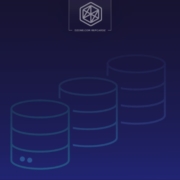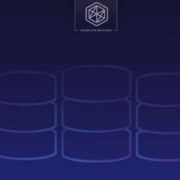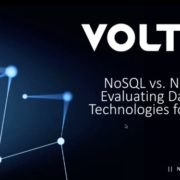For some time, products have been leaning towards NoSQL databases because of the number of advantages that they provide compared to Relational databases (RDBMS), especially in today’s distributed systems. There is always a pressure of delivering things faster to make it live to end users. But does that mean relational databases won’t be able to compete with NoSQL databases, provided Relational Databases are still best-known for adhering to the ACID property?
Here, I am going to explore the possibilities from Relational Databases perspective and how they come a long way to compete with NoSQL Databases. I am going to compare two managed databases from AWS, DynamoDB and Aurora, to see if it’s really worth giving credit to one type of database over another.













